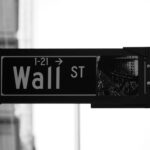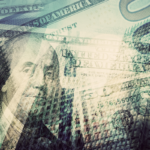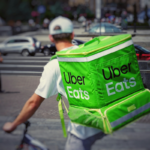As confirmed coronavirus cases in the U.S. plateau, Dr. Anthony Fauci warns this could be indicative of what’s to come: another surge in cases across the country. All the while, vaccine distribution continues to increase with Johnson & Johnson’s dose now on the market.
Americans, however, appear overall less concerned about the fact that cases still remain higher than they did during the summer months and that the vaccination campaign has a ways to go. In fact, as a general theme, CivicScience data show people who don’t plan to get a vaccine at all are much more keen to get back to everything they once enjoyed.
Americans’ concern about being in public spaces decreased from last week’s percentage, with roughly one-third of adults reporting that they’re not at all concerned.
In line with that, there was a decrease in the percentage of people who expect to have to practice social distancing and self-isolation for six or more months.
Even as people become inoculated, officials say that these measures will likely have to continue to some extent as described in the newly released CDC guidelines for the vaccinated. When we compare vaccine intent to social-distancing expectations, people who have received or plan to receive the vaccine have a longer-term expectation for practicing these measures than those who don’t plan to get the vaccine.
Comfort traveling right now increased again this week – by five percentage points – surpassing those who don’t plan to travel for six or more months for the first time since we began to track the metric.
Plans to travel by plane in the next month also increased this week (from 14% to 18%), reaching the highest point we’ve seen to date.
Right in line with the theme of growing comfort, comfort attending large public events also continues to pick up steam in recent weeks.
Restaurant comfort has held strong since last week, with about half of the population feeling good about dining in right now. Furthermore, the percentage of people with plans to dine in at a restaurant in the next week reached the highest point since tracking started in July.
Younger Millennials aged 25 to 29 are the most likely by far to have current plans to dine in at a restaurant in the coming week. They’re closely followed by middle-age Americans between 35 and 54.
As previously observed with travel and social distancing expectations, those who are already vaccinated or plan to be are much less likely to have had indoor dining plans over the last few weeks than those who do not want to get vaccinated.
Bringing finances front and center, those who characterize themselves as better off financially than before the pandemic are also the most likely to have plans to dine at a restaurant than their counterparts.
One thing is incredibly clear: the subset of the population ready to get back to everything deemed ‘normal’ is steadily increasing, but they hugely under-index as vaccine intenders.








